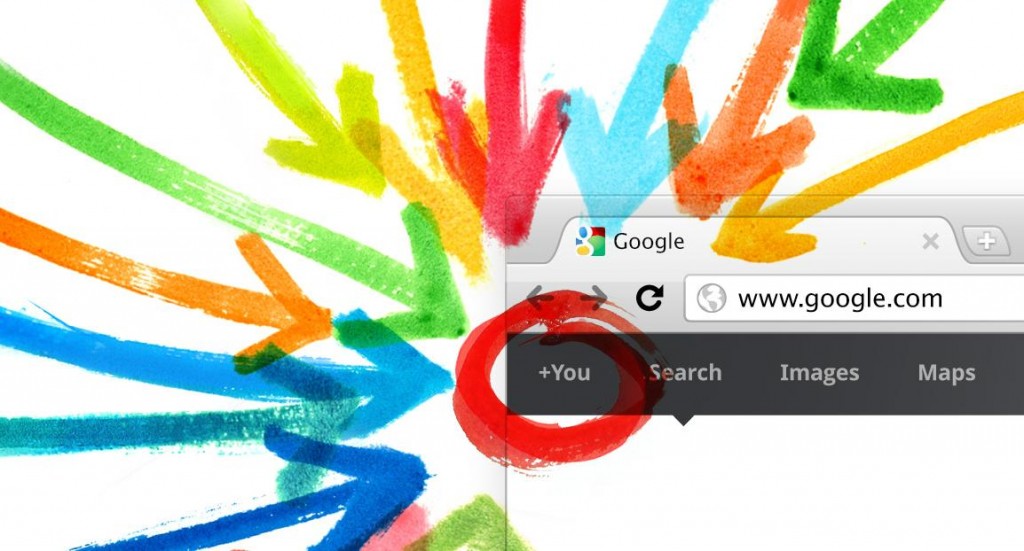This essay, like the one I posted last month on faux-vintage photography, is me hashing out ideas as part of my larger dissertation project on self-documentation and social media. Part I is found here. A barrage of media stories are professing the “Death of Anonymity,” the “End of Forgetting” and an “Era of Omniscience.” They are screaming a sensationalism that is part of the larger project to drum up fear about how “public” we are when using social media. While there are indeed risks involved with using social media, these articles engage in a risky hyperbole that I will try to counter-balance here.
A barrage of media stories are professing the “Death of Anonymity,” the “End of Forgetting” and an “Era of Omniscience.” They are screaming a sensationalism that is part of the larger project to drum up fear about how “public” we are when using social media. While there are indeed risks involved with using social media, these articles engage in a risky hyperbole that I will try to counter-balance here.
Part I of this essay rethought claims of hyper-publicity by theoretically reorienting the concept of publicity itself. Using theorists like Bataille and Baudrillard, I argue that being public is not the end of privacy but instead has everything to do with it. Social media is more like a fan dance: a game of reveal and conceal. Today, I will further take to task our collective tendency to overstate publicity in the age of social media. Sensationalizing the risks of “living in public” perpetuates the stigma around an imperfect social media presence, intensifying the very risk we hope to avoid. But first, let’s look at examples of this sensationalism.
I. Media Sensationalism
Pointing out the dangers of living public online is an important task, but sensationalizing this risk is all too common. Indeed, the media has a long history of sensationalizing all sorts of risks, creating fear to drum up ratings, sales, clicks and page-views. From sexting to cyberbullying to the loss of “deep” learning, political activism, and “real” social connections, I’ve written many times about how the media has found social media to be a particularly fertile space to exploit fear for profit. more...









